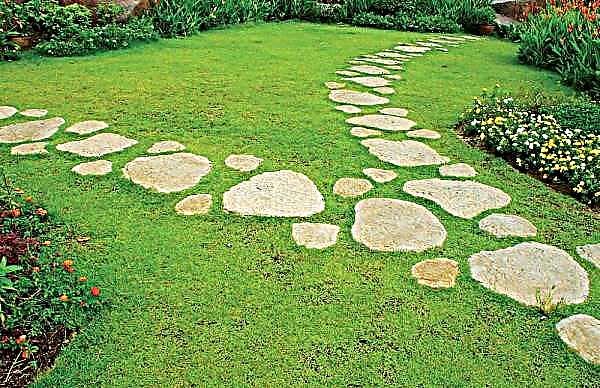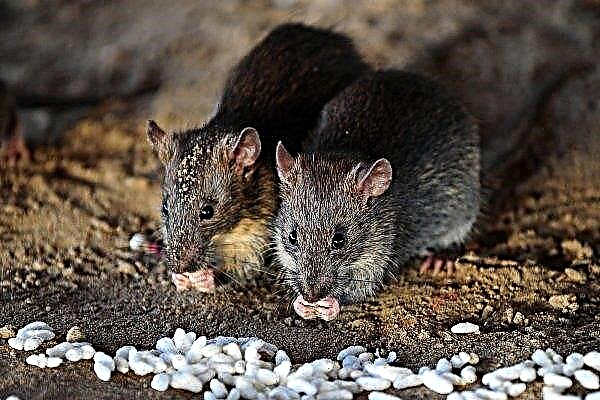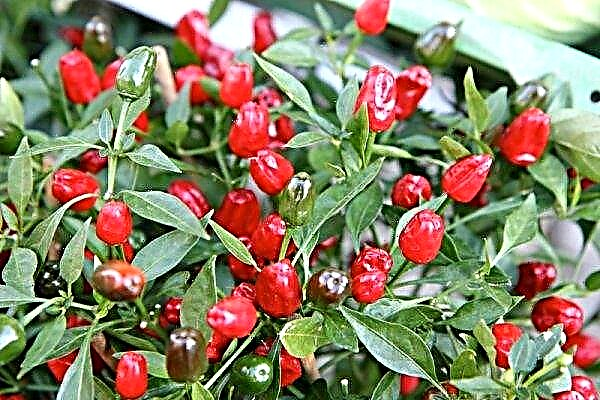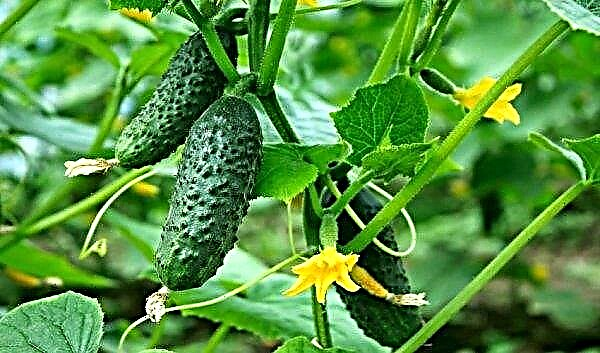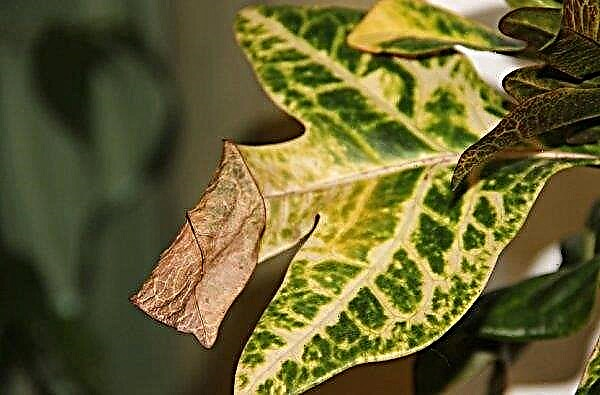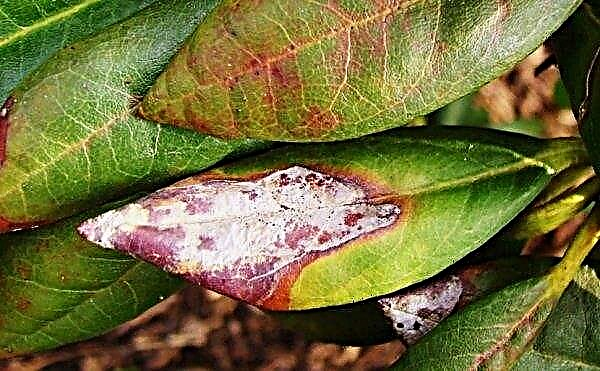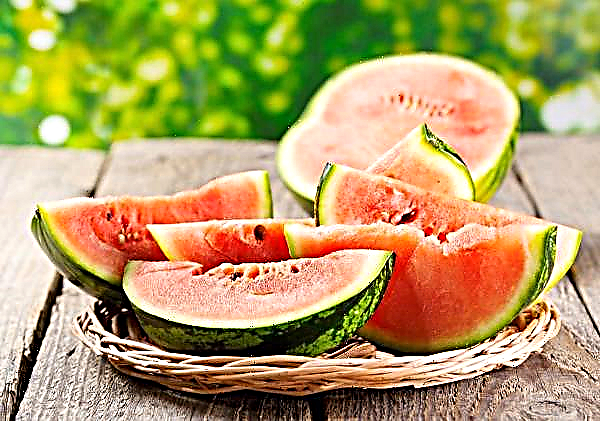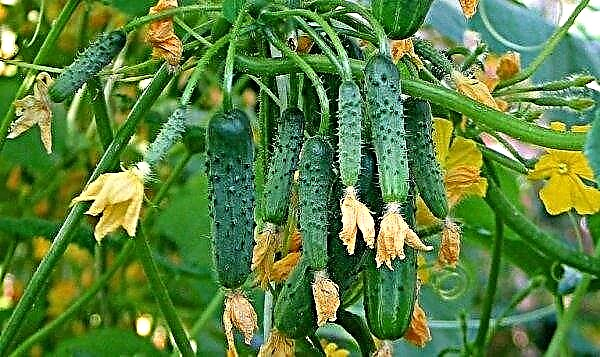Aphids are considered the most common and malicious insects. Many of its species can be found on vegetable plantings. Especially likes the pest cucumbers and gourds. Moreover, despite the protective measures, it appears in the greenhouse. To save the crop from the parasite, you need to be able to recognize it and start the fight in time without complications for the plant. What does the gourd aphid look like and how to get rid of it, let's understand.
Description and characteristics of the pest
Melon or cotton aphid is a small insect whose size varies between 1.1–1.9 mm. In the larval phase, this pest survives winter under the basal foliage of weeds. In the spring they wake up and begin to multiply intensively. Winged specimens that migrate to vegetable crops develop. By this period, leaves already appear on the cucumbers, which are the food for the enemy's landings.
Important! Aphids are voracious and reproduce very quickly, therefore, in a fairly short period of time, it can destroy most of the seedlings.
In addition to gluttony, aphids still spread various viruses, infecting cucumber plants. Insects lead an inactive lifestyle, but are able to move quickly.
One aphid offspring develops in a decade. Female pests are very productive. Under favorable conditions (humidity 80% and temperature + 23 ° C) they quickly spread over a large area. At a temperature of + 30 ° C, the reproductive ability of aphids decreases.

To determine the pest should distinguish between indicators of damage to the plant:
- twisting, and then yellowing and large-scale falling of leaves;
- a sharp decrease in the growth rate of the bush;
- when the leaves are turned, the concentration of small insects is noticeable.
On cucumbers, the aphid is almost invisible - it has a colorless or dark green hue. It covers not only the leaves, but also extends to flowers and young shoots. At the initial stage, there are no obvious signs of damage. The presence of the pest is determined by the drooping tips of the foliage.
Reasons for the appearance
One of the culprits of the appearance of the pest on the cucumbers may be infected seedlings. Acquired seedlings may already contain insect larvae.
Aphids can also be distributed by garden ants. They feed on its secretions and protect their herd from insects and various dangers. Thus, ants infect plants with aphids.
 In addition, the wind blowing from the infected area is also capable of transferring small insects to garden beds
In addition, the wind blowing from the infected area is also capable of transferring small insects to garden beds
Effective Fighting Methods
In order to prevent the death of landings, it is urgent to take appropriate measures. After all, timely help is the best way to deal with small parasites. Fighting pests that have long settled on cucumbers is more difficult.
Chemicals
Weapons of chemical origin are considered the most effective in the fight against aphids.
Important! Chemicals are advised to use if the pest has already organized a huge colony and gentle methods do not help.
The following drugs are recognized as the most effective against aphids:
- Actofit. It copes well with the pest, is capable of simultaneously destroying the larvae of moths and moths. Safe for humans and plants.
- Inta-Vir. A powerful drug in the form of tablets. Dosage: 1 tablet per bucket of water.
- "Colorado". It is characterized by a prolonged action, protecting the planting for 20-30 days after treatment. When used correctly, it is able to get rid of the pest for a single application.
- Kinmix. Safe for nature, but ruthless to pests. It is able to cope with aphids during its intensive reproduction.
- Aktara. The drug is one hundred percent action. Active substances accumulate in the plant and remain there for up to twenty days. Even newly settled pests, after drinking poisoned juice, die.

Biological products
If ovaries and flowers have already appeared on the cucumbers, then it is better to use products of biological origin. They are also effective, but at the same time harmless to humans, plants and the environment.
Did you know? The melon aphids are not needed for the continuation of the genus.
Among bio-based drugs, the following are distinguished:
- "Entobacterin". After processing with this product, the first results will be noticeable after 2-3 days. And it will be possible to completely get rid of the colony in 6-7 days.
- "Arrow". The powder is diluted in water and immediately treated planting.
- Fitoverm. It acts systemically: it is absorbed into parts of the plant and then, together with the juice, enters the stomach of the pest. The effect occurs 7 days after treatment.
- Tanrek. It is noted as the most effective drug that massively kills the pest after three days of the procedure. Harmless to soil and fruits.
- "Commander". A systemic drug that fights not only with aphids, but also with the Colorado potato beetle.
- "Bitoxibacillin". Available in powder form, which is diluted in water before use. It does not harm the environment, does not poison the plant and does not accumulate in the fruits.

Aphid repellent plants
Garden plants can help in the fight against aphids. They are divided into 2 types.
Repellers. It is advised to plant next to cucumber plantings (along the edges of the beds, in the aisle, in small groups in the garden). Such plants repel the pest with their smell. As a rule, these are herbs with a characteristic, pronounced aroma.
| Herb repellers: | Attracting plants: |
|
|
Attractors. Such herbs, in contrast, attract the pest, distracting it from the main culture - cucumbers. They are recommended to be planted away from plantings that are planned to be protected from aphids.
Important! Affected aphid plants are removed from the site.
Folk remedies and recipes
You can use folk tips for getting rid of aphids:
- Tobacco and Soap. Dissolve 400 g of tobacco and 80 g of soap (preferably tar) in 10 l of water. Let the mixture brew for two days. Treat affected and nearby bushes.
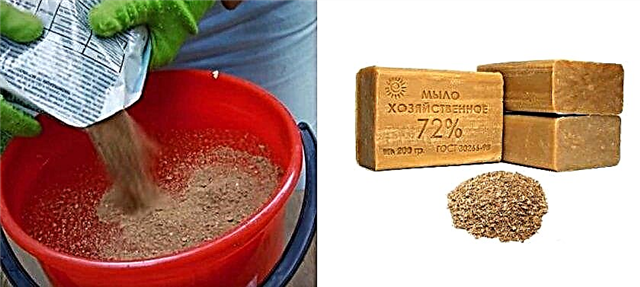
- Tops of tomato, garlic, potato, dandelion. 250-300 g of one of the plants is poured with a bucket of boiling water. Insist for 48 hours. Then the solution is filtered and the affected plants are sprayed.
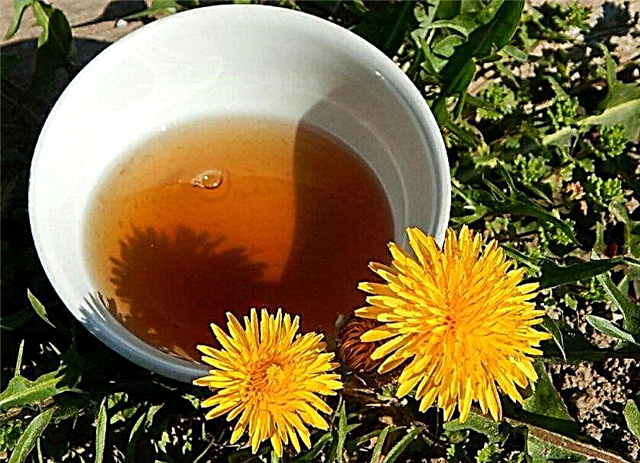
- Onion peel. ½ bucket pour boiling water and insist for a day. Strain and dilute with water (1: 2). Add 40 g of liquid soap and spray the plants.
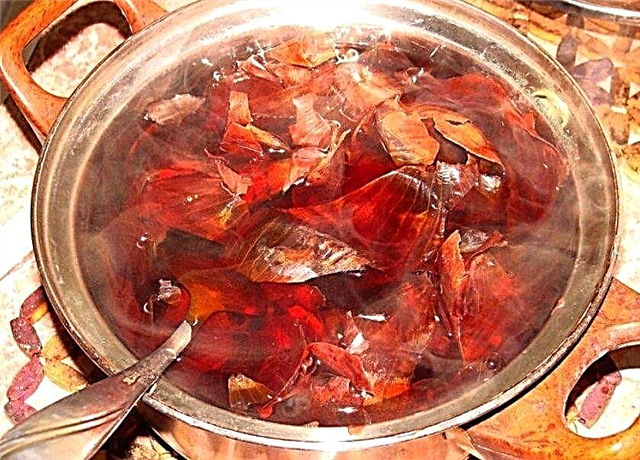
- Nim oil or insecticidal soap. Products are added to water and mixed. This solution is poured into a sprayer and treated with bushes.
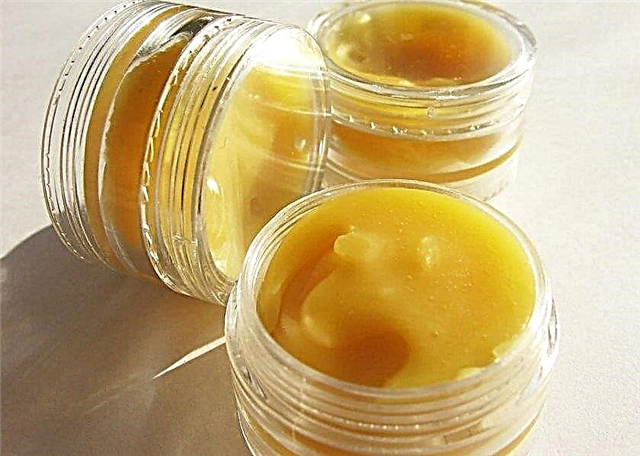
- Hot pepper. 50 g of hot red pepper pour 1 liter of boiling water and let it brew for a couple of hours. Then the mixture is diluted in a bucket of water.

- Celandine. The collected grass is dried and crushed. Then 200-300 g is poured into a bucket of water and insisted for a day. The composition is filtered and, using a spray gun, abundantly watered plantings.
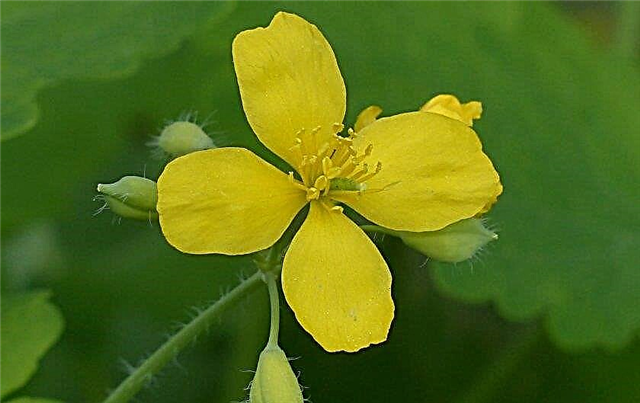
- Sulfur Checker. It allows not only to get rid of aphids, but also to prevent fungal infections. Most often used in greenhouses and at the end of harvest.
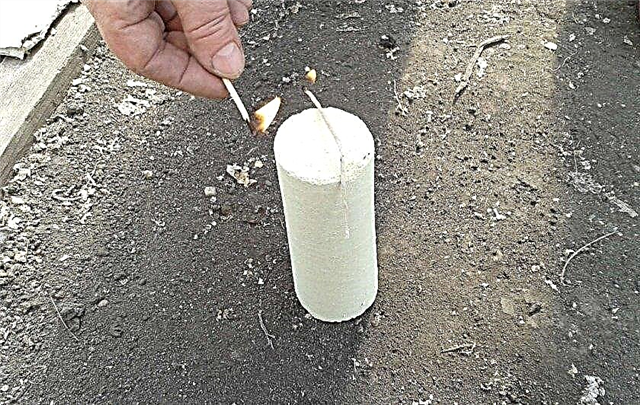
- Soda. 1 tbsp. l 1 liter of water is poured with soda ash, laundry soap is added (1/4 of a bar). The resulting solution is treated with affected plants.
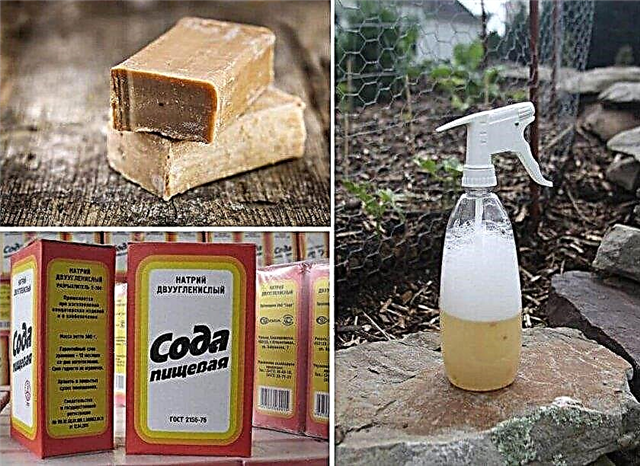
- Garlic. All parts of garlic (cloves, arrows and tops) in a volume of 500 g are poured with water (3 l). Insist 5 days, filter and process the beds. The solution is effective in controlling other pests.
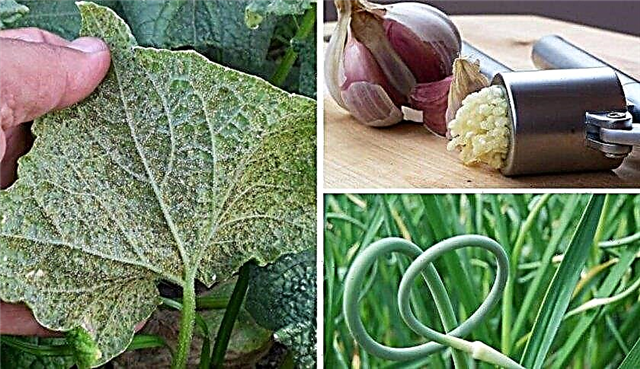
- Horseradish. The leaves and roots of the plant are crushed, ½ bucket of water is poured and insisted for 2-3 hours. Bushes are sprayed with infusion.
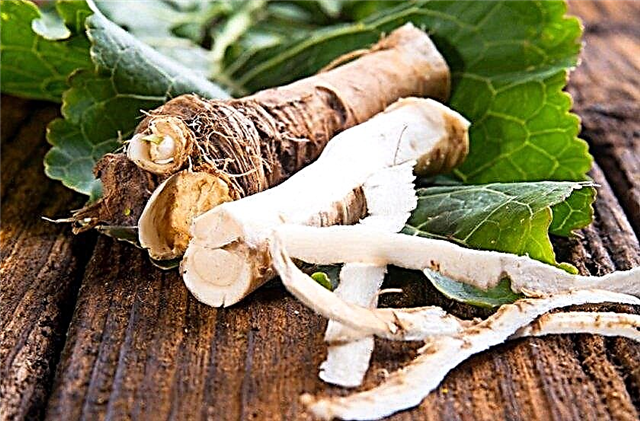
These folk preparations are used at the rate of 1 liter per 1 m² in open ground, in greenhouse conditions the norm per square meter is doubled. During processing, the drug is sent directly to the aphid habitat, and not on top of the leaf. And heavily affected bushes are removed from the site and burned.
Important! Many folk remedies remove the pest from cucumbers, but do not kill it. Therefore, they are treated with infusions several times with a frequency of 3–7 days.
Other insects
The number of aphids on plantings can be significantly reduced if you use the help of other insects. Faithful helpers in the fight will be such predators:
- ladybugs. They can be collected independently, or you can purchase larvae in a specialized store. In one day, one individual can kill up to 70 pests.
- Gourds. They can be attracted to the site, growing specific plants (parsley, dill, daisies, carrots, etc.).
- Earwigs. They can be made in the garden by arranging containers with sawdust.
- Ground beetles. They breed them, planting solanaceous and amaranth.
- Lacewing. He loves shady places, thickets of fern. Therefore, in order to get this insect, suitable conditions are organized for it.

Aphids also feed:
- sirfid flies;
- lysiflebus;
- riders;
- gall midges;
- predatory bugs;
- some species of wasps.
Did you know? In contrast to many insects, aphids have excellent eyesight.
Parasite Prevention
It will be necessary to fight aphids throughout the summer season, since this pest easily migrates from one culture to another. So that efforts to grow cucumbers are not wasted, the following preventative measures should be applied:
- Regularly and timely remove fallen leaves and plant sediments.. Such manipulation will make it impossible for the insects to winter in your area.
- Processing the greenhouse before planting. The room is treated with a solution of caustic soda, bleach or copper sulphate.
- The correct mode of irrigation and fertilizer. Weakened plants are not able to withstand the invasion of the pest.
- Periodically spray the culture with infusions of plants. Among these plants, aphids repel onions, potatoes, wormwood, tomatoes, and celandine.
- To treat bushes with infusion of vegetable ash and liquid soap. This solution will not allow the pest to fix on various parts of the plant.
- Thickness control. Lack of ventilation causes damage to the plantings by the pest. A distance of about 70 cm should remain between the seedlings for the influx of fresh air.
- Inspect foliage and young shoots regularly. Timely detection of the parasite will allow you to start a fight with it earlier.

The appearance of aphids on cucumber plantings is, of course, an unpleasant phenomenon. But you should not panic: prompt reaction and perseverance will help get rid of the annoying pest.











